 Crime
Crime  Crime
Crime  Technology
Technology 10 Hilariously Over-Engineered Solutions to Simple Problems
 Miscellaneous
Miscellaneous 10 Ironic News Stories Straight out of an Alanis Morissette Song
 Politics
Politics 10 Lesser-Known Far-Right Groups of the 21st Century
 History
History Ten Revealing Facts about Daily Domestic Life in the Old West
 Weird Stuff
Weird Stuff 10 Everyday Products Surprisingly Made by Inmates
 Movies and TV
Movies and TV 10 Actors Dragged out of Retirement for One Key Role
 Creepy
Creepy 10 Lesser-Known Shapeshifter Legends from Around the World
 Animals
Animals 10 Amazing Animal Tales from the Ancient World
 Gaming
Gaming 10 Game Characters Everyone Hated Playing
 Crime
Crime 10 Terrifying Serial Killers from Centuries Ago
 Technology
Technology 10 Hilariously Over-Engineered Solutions to Simple Problems
 Miscellaneous
Miscellaneous 10 Ironic News Stories Straight out of an Alanis Morissette Song
Who's Behind Listverse?

Jamie Frater
Head Editor
Jamie founded Listverse due to an insatiable desire to share fascinating, obscure, and bizarre facts. He has been a guest speaker on numerous national radio and television stations and is a five time published author.
More About Us Politics
Politics 10 Lesser-Known Far-Right Groups of the 21st Century
 History
History Ten Revealing Facts about Daily Domestic Life in the Old West
 Weird Stuff
Weird Stuff 10 Everyday Products Surprisingly Made by Inmates
 Movies and TV
Movies and TV 10 Actors Dragged out of Retirement for One Key Role
 Creepy
Creepy 10 Lesser-Known Shapeshifter Legends from Around the World
 Animals
Animals 10 Amazing Animal Tales from the Ancient World
 Gaming
Gaming 10 Game Characters Everyone Hated Playing
10 Deadly Household Foods That Can Actually Kill You
When it comes to the long list of dangers in this world, many people jump to the more obvious ones. Stepping outside can get you killed by a snakebite in many parts of the world, or if you live in Florida or Australia, you might be attacked by an alligator or crocodile on your afternoon stroll. Tornadoes, fires, drowning, car accidents, and even other people can kill you easily.
But when we think of objects of death, rarely do we stroll into the kitchen, past the knives, and head for the refrigerator or food pantry. But there is actually a long laundry list of regular, run-of-the-mill foods which are absolutely deadly. Here are ten common household foods which can be lethal.
10 Nutmeg
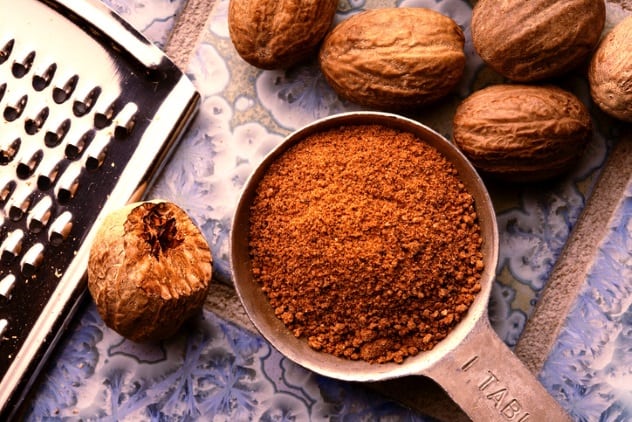
While most of us look at nutmeg and think of it as a spice, a nice little dash of flavor for our coffee or any other food which needs its rich, aromatic, nutty flavor, nutmeg is actually a hallucinogen at higher doses.[1] Nutmeg can cause dizziness, vomiting, nausea, central nervous system excitation, and even death. It takes about two tablespoons before someone starts feeling the painful and powerful effects of nutmeg, but it’s definitely no joke. It has landed hundreds of people—often looking for a cheap high or good time—in the hospital.
The toxicity of nutmeg is surprisingly high for something sold in grocery stores and found in plenty of spice racks. There’s a surprisingly small margin between the amount that’ll simply spice up your eggnog and the amount that’ll cause toxic effects. It’s powerful enough that it was even historically used as birth control, to terminate unwanted pregnancies, and to fight the Black Death.
9 Apricot Seeds
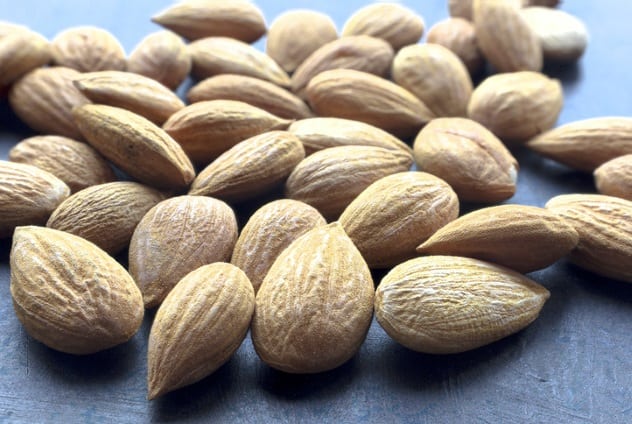
In the United States, it’s easy to buy whole, raw apricots in the produce section of the grocery store. This is surprising because of the lethality of apricot seeds. They can kill you if you eat them. Apricot seeds contain a chemical called laetrile or amygdalin, which is highly toxic. Many people falsely believe that apricot seeds can cure cancer. They are also ground up and sold as “vitamin B17.”
In the human body, amygdalin is converted into hydrogen cyanide and can kill the person who consumed it.[2] As we will see, many, many fruit seeds are actually poisonous for one reason or another, but apricot seeds, vitamin B17, laetrile, or whatever you wish to call it, definitely produces cyanide in the gut and can definitely kill you.
8 Almonds
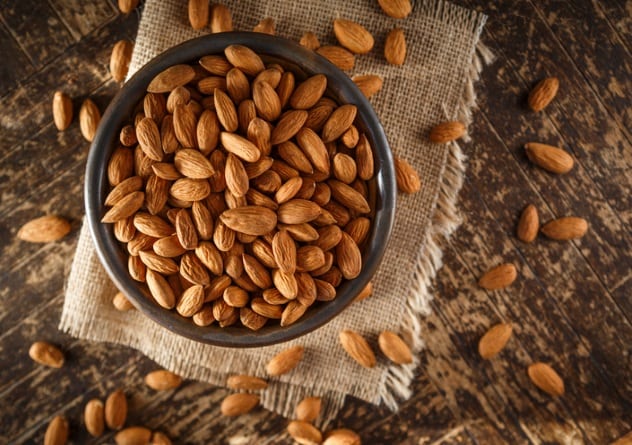
In 2014, Whole Foods had to recall some of its bitter almonds as they contain traces of hydrocyanic acid and glycoside amygdalin, which, when heated or exposed to certain other conditions or chemicals (like the kinds in your digestive system), will be converted to hydrogen cyanide.[3] That’s right: amygdalin again, just like with the apricot seeds. Both raw almonds and apricot seeds are marketed health products, but both can be deadly when ingested.
Cyanide compounds are actually pretty ubiquitous and plentiful in nature; in fact, if you walked out into nature and just began eating food, many of the things you ate raw could kill you, as is, without human intervention.
7 Potatoes
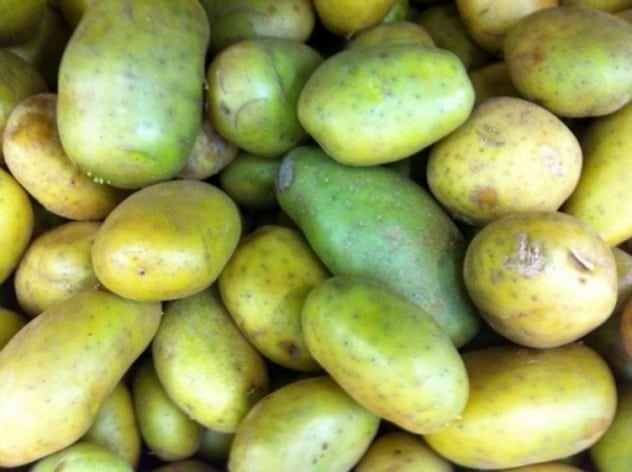
Glycoalkaloids are a chemical compound that occurs naturally in various plants, such as bittersweet nightshade, a plant related to tomatoes and, believe it or not, potatoes. These plants contain solanine, a chemical which, in large enough doses, is actually toxic. Symptoms of solanine poisoning include nausea, dizziness, rapid heartbeat, and worst of all, respiratory failure, leading to death.
Yes, you can die from eating potatoes.[4] A grown, 91-kilogram (200 lb) adult would need to consume 0.9 kilograms (2 lb) of fully green potatoes to ingest enough solanine to kill them, which, if you think about it, really isn’t a lot.
6 Tomato Plants
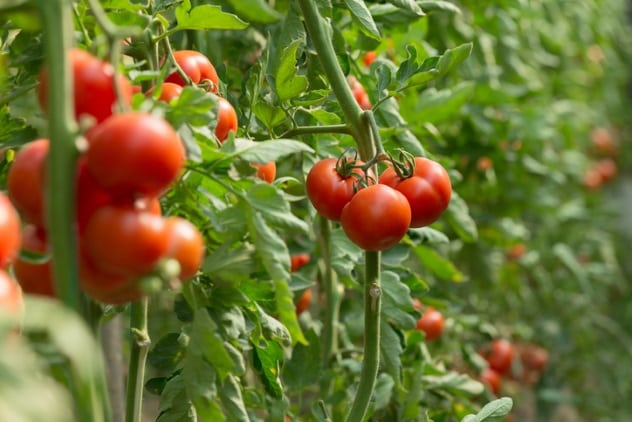
Tomato plants are another potentially lethal plant and also a relative to the bittersweet nightshade plant, as mentioned above. Thus, as logic would deduce, parts of tomato plants are also loaded with glycoalkaloids and possess solanine, with all of the same symptoms as the potato, including vomiting, nausea, dizziness, drowsiness, and, of course, respiratory failure up to and including death.
The good news is that the poison resides in the leaves and vines, not in the tomatoes themselves, so eat as many actual tomatoes as you’d like, to your heart’s desire. Just stay away from the green areas, like the vine the tomato grows on.[5]
5 Rhubarb
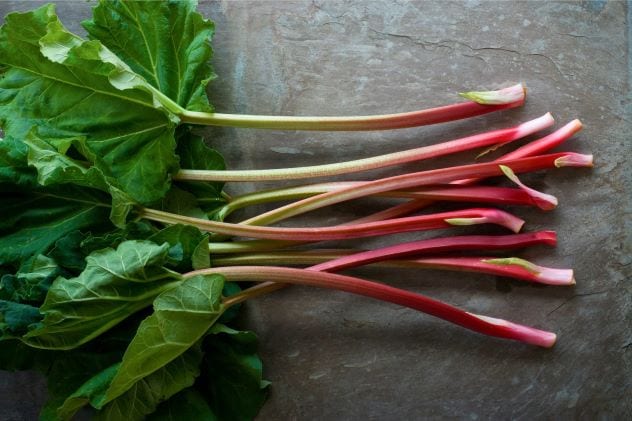
Rhubarb may not be as common as potatoes or tomatoes in our kitchens, but this leafy vegetable—wait, is it a fruit? Well. it is actually a vegetable but is labeled a fruit in America based on a legal ruling in 1947. Regardless, it is often used in cocktails and as a tangy-sweet pie filling. However, the plant’s leaves contain oxalic acid, a chemical also used in household bleach and anti-rust products (oh my!). Oxalic acid occurs naturally in certain foods—leafy greens, fruits, vegetables, nuts, seeds, and cocoa. Symptoms of oxalate poisoning include nausea, vomiting, convulsions, and even death. If the leaves of the rhubarb plant are eaten, they can also cause a burning sensation in the mouth and throat. Cooking the leaves will not remove the acid.
The likelihood of dying from eating too much rhubarb is very low. The average lethal dose for oxalic acid is estimated at 170 mg per pound (375 mg per kg) of body weight, which is approximately 26.3 grams for a 154-pound (70-kg) person. This means you would have to eat 10 pounds of rhubarb in one sitting.[6] So, unless you happen to be addicted to strawberry-rhubarb pie, you’re probably safe!
4 Fugu
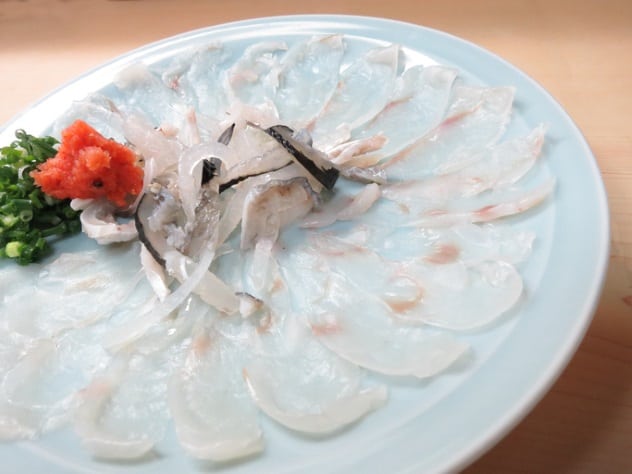
Fugu is a dish prepared from pufferfish, which is served as a fancy dinner in many restaurants worldwide but particularly in Japan. Part of the draw is this fish’s toxicity, which makes it a costly item that’s often served more as a garnish in extremely small amounts, tiny slivers of which might kill you. The toxin in question is called tetrodotoxin and is found in parts of the pufferfish, none of which must make it into what’s served to guests. Chefs in Japan must complete two to three years of training to be licensed to prepare fugu.
Tetrodotoxin is 1,200 times deadlier than cyanide. A minuscule amount is enough to bring a grown man to his knees, killing him. Pufferfish generally contain enough tetrodotoxin to kill 30 people. When experiencing fugu poisoning, the mouth begins to burn, along with the tongue, and slow, slurred, drunken speech begins. The heartbeat begins to become irregular before the respiratory system shuts completely down, killing the person who ate too much.[7] There is no antidote for fugu poisoning, but it isn’t always lethal, and sometimes the victim can be flushed of the remaining poison and survive. Eating fugu is a gamble, but that’s part of the draw for some.
3 Ackee
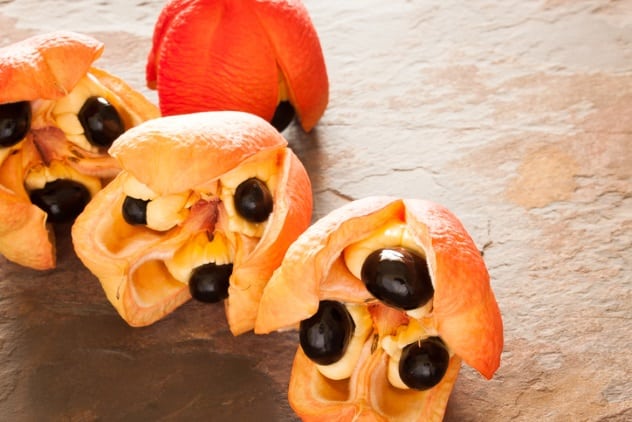
Ackee is a fruit native to West Africa and is grown in Jamaica as well as parts of the Caribbean. It is a pear-shaped fruit in the same family as lychee and a few thousand other relatives. But ackee can’t be bought raw in the United States as there is a federal ban on importing and selling the fruit. It can be bought canned, but there are strong restrictions on canned importation due to ackee’s potent toxicity.[8]
If the fruit is not ripened fully, consumption can lead to disastrous results. “Jamaican vomiting sickness” is a name for ackee poisoning, and it sometimes actually kills people. Generalized weakness, dehydration, and confused, crazy, panicked mental states are the initial symptoms, starting two to six hours after consumption. This can quickly progress to seizures, coma, and death. The fruit is definitely not something to mess around with, hence the extremely restrictive ban by the U.S. Food and Drug Administration.
2 Cherry Pits
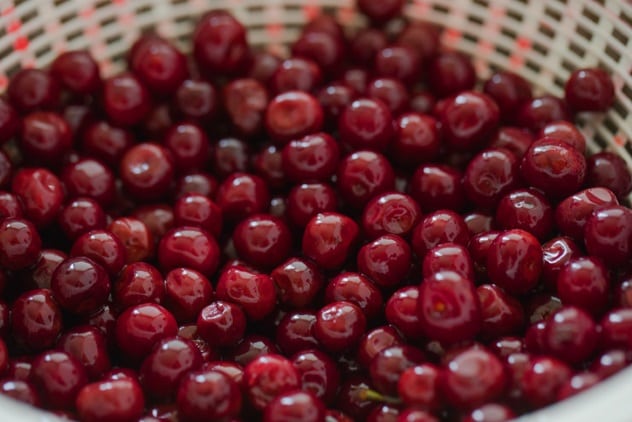
Cherries are a delicious fruit we all know and love, and most of us have grown up with them. There is cherry-flavored just about everything today, from soda to ice cream, but beneath the flesh of a cherry is an extremely lethal pit or seed—and many of us probably remember swallowing them as a child because whole, raw cherries can be purchased at many grocery stores, as is, with the pits included, unlike ackee.
So, what’s the culprit in cherry pits? Amygdalin, yet again, with its hydrogen cyanide potency. For such a lovable fruit, the availability of cyanide, directly on the inside, is pretty astonishing; You shouldn’t just ingest cherries by swallowing them whole, regardless of what cartoons and video games may tell you; it’s extremely dangerous. A man in Lancashire, UK, actually got cyanide poisoning by consuming a mere three cherry pits, which almost ended up killing him.[9]
1 Apples
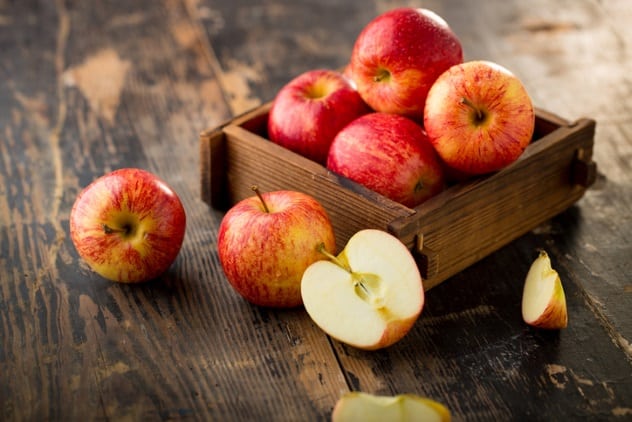
Like cherries and apricots, the poison in apples lies in the seeds, but nobody really knows about that. Cyanide toxicity takes place at 0.5 to 3.5 milligrams per kilogram of body weight, and apple seeds could do the job if you were to eat enough of them. As usual, amygdalin is the culprit, and the resultant cyanide can kill you quickly.
Each apple seed contains about 2 milligrams of amygdalin. Rest assured, however, you would have to consume over 140 apple seeds for it to kill you, which, if you obtained eight seeds per apple, would require about 18 apples. There are 700 milligrams of cyanide in one kilogram of apple seeds.[10]
I like to write about dark stuff, history, and philosophy.
Read about more potentially lethal foods on 10 Foods We Eat That May Lead To Poisoning Or Death and 10 Horrifyingly Deadly Sweets And Treats.








